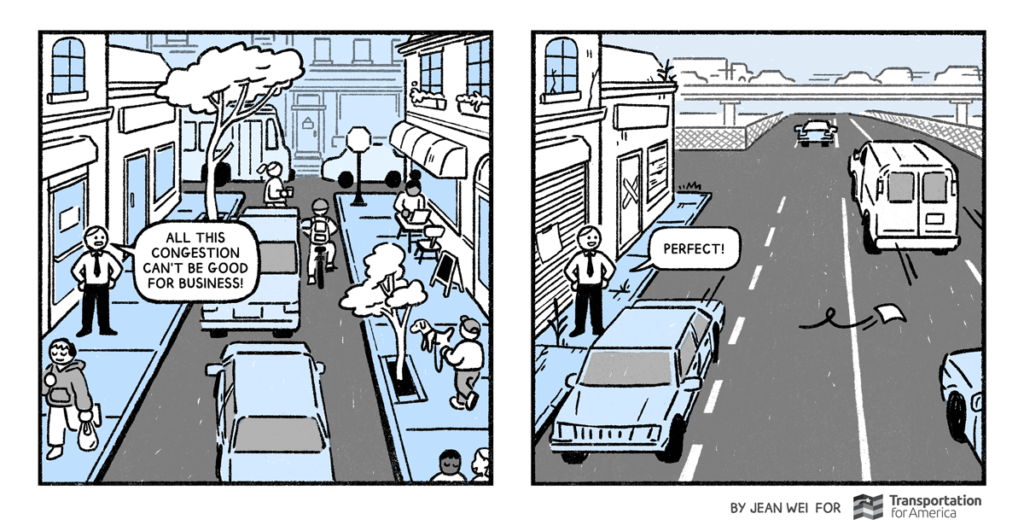
For decades, transportation agencies have been trying to “solve” congestion by increasing road capacity, even when doing so can obliterate or divide communities, harm local businesses, and make streets more dangerous. Our latest cartoon shows how our “cures” for congestion are often worse than the problem.
While every transportation agency (including USDOT in their new road safety strategy) will tell you that safety is always the biggest priority, you can see what the real priority is by following the money. It’s usually the same goal: reducing congestion. Our latest cartoon in our ongoing series shows just how shortsighted and bankrupt our current approach to congestion is:

Follow the money or tear at the seams a bit on many supposed “safety” projects and you’ll quickly find that reducing congestion is often the real consideration.
While the Texas Department of Transportation is certainly on one particular end of the spectrum, this story from last week highlights just how deeply they consider reducing congestion their most important charge. In this case, TxDOT transferred a city street from state control to the City of San Antonio years ago, which is now deep underway on a project (supported by 70 percent of voters!) to increase the value of the corridor and make the street safer by slowing traffic and reducing the number of travel lanes. The project will “allow for protected bike lanes, wider sidewalks for pedestrians, and the planting of shade trees,” according to the San Antonio Report.
So how did TxDOT respond to those plans, after a questionable legal move this week to seize control of the street and put it back under state control? (Bold and italics ours.)
This action is needed as a result of local proposals to convert the existing three lanes to two lanes in each direction and remove turn lanes along SL 368. These local proposals would result in a significant increase in congestion. TxDOT remains focused on strategies to decrease congestion and will work with the City and other local stakeholders to develop solutions for SL 368 that serve to maintain the existing three lanes in each direction while addressing the mobility and safety needs of all users.
Safety is still important, you see. TxDOT is still committed to addressing the “mobility and safety needs of all users,” as long as it doesn’t interfere with having as many vehicle lanes as possible. Safety is ok, so long as it is additive. But if it interferes with their ability to address congestion, safety takes a back seat, every time. And so they are attempting to halt the city’s plans by seizing this road to keep the local government from following through on voters and taxpayer wishes by prioritizing safety and creating a productive, valuable place instead.
Residents and leaders of struggling cities or neighborhoods will also tell you that the only thing worse than congestion is no congestion. Denuded, downtown and near-downtown streets in these kinds of places are exhibit A. They are wide, mostly empty, easy to speed on, terrible to walk on, and lack productive economic activity along many of them. What mayors of those places wouldn’t give for some congestion—a sign that a lot of people want to be there. Congestion is both a sign of economic productivity and perhaps counterintuitively one of the few things keeping more people from dying on streets that are designed for much higher speeds:
Hmmm, fatalities follow VMT so long as VMT doesn’t fall enough to remove traffic congestion. Once congestion is gone, fatalities go way up. https://t.co/WGinHxaB7g pic.twitter.com/Mj00T69hKZ
— Beth Osborne (@BethOsborneT4A) March 8, 2021
And as we’ve chronicled heavily in The Congestion Con and our work on induced travel demand, attempts to solve congestion with more lanes and more capacity are both immensely expensive and never bring the promised results. But worse, congestion reduction is sold as a way to benefit the economy, yet congestion is too often solved by obliterating the local economy.

Do you have a story like this one from Texas to share? We’d love to hear your stories about attempts to “solve” congestion that decimated a place, made a corridor even less safe, or went completely against local wishes.
Please share this cartoon on social media! Download it to your phone or computer (“right click, save as…”) from this link and upload to Facebook, Twitter or the channel of your choosing. You can link back to this post with it if you like: https://t4america.org/2022/01/31/our-solutions-for-congestion-are-worse/




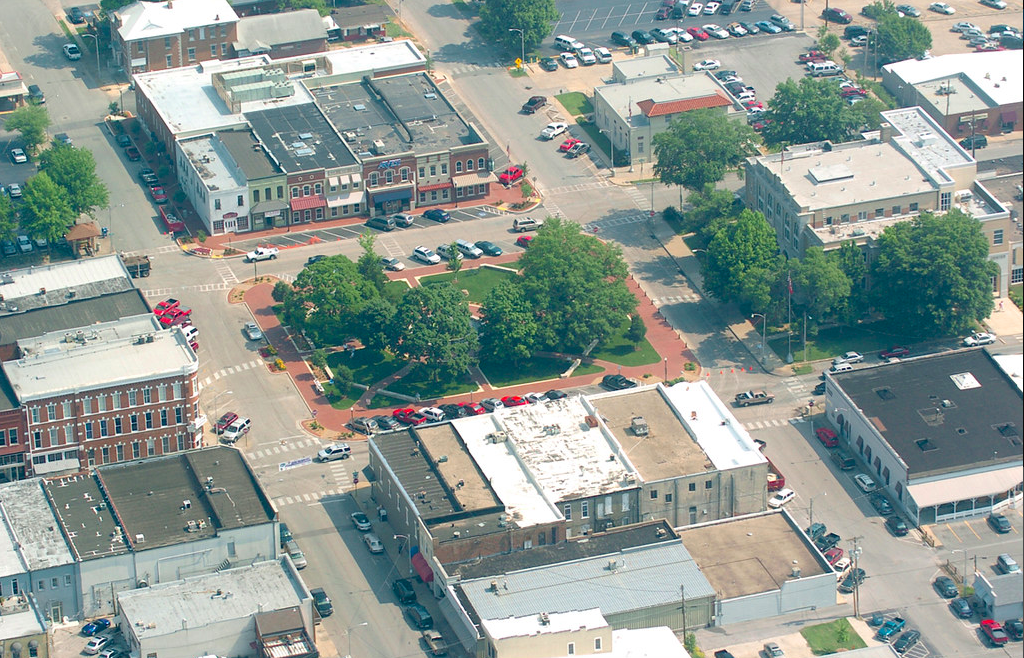
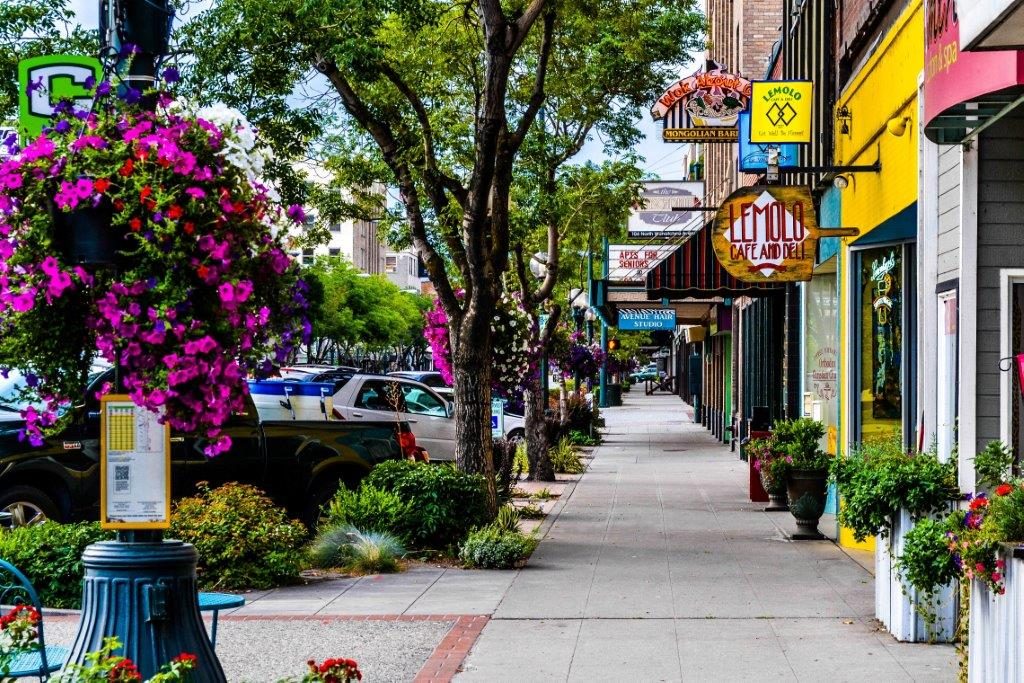
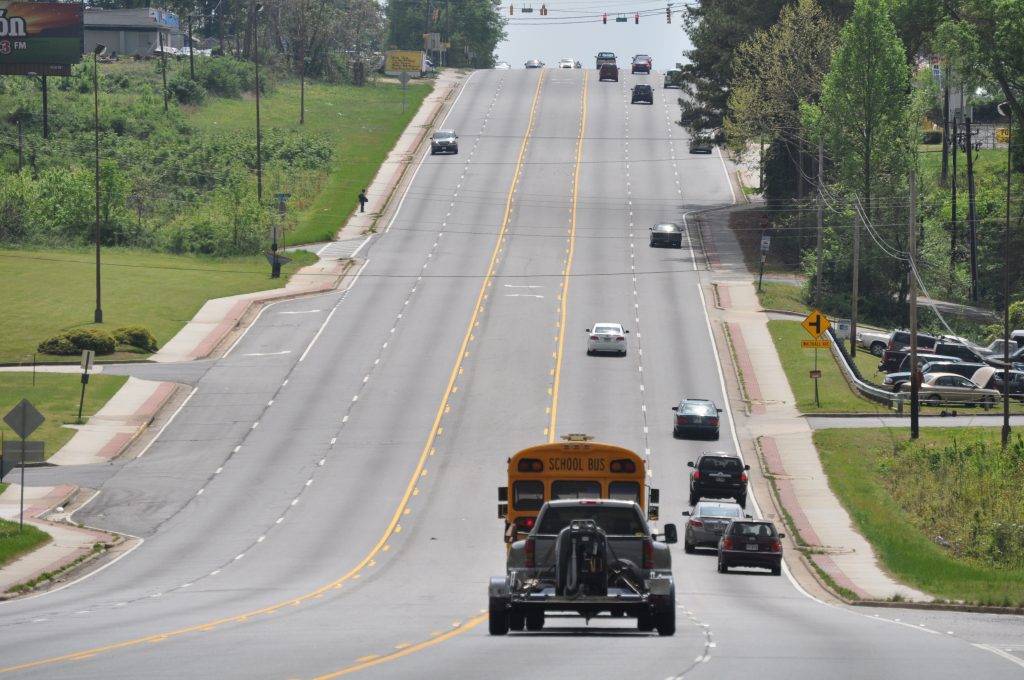
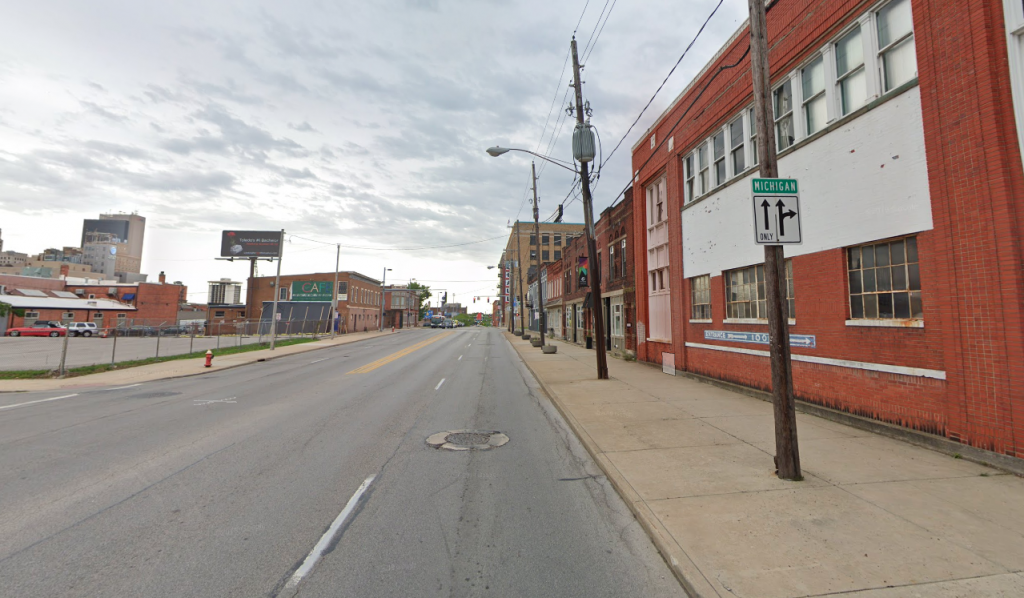

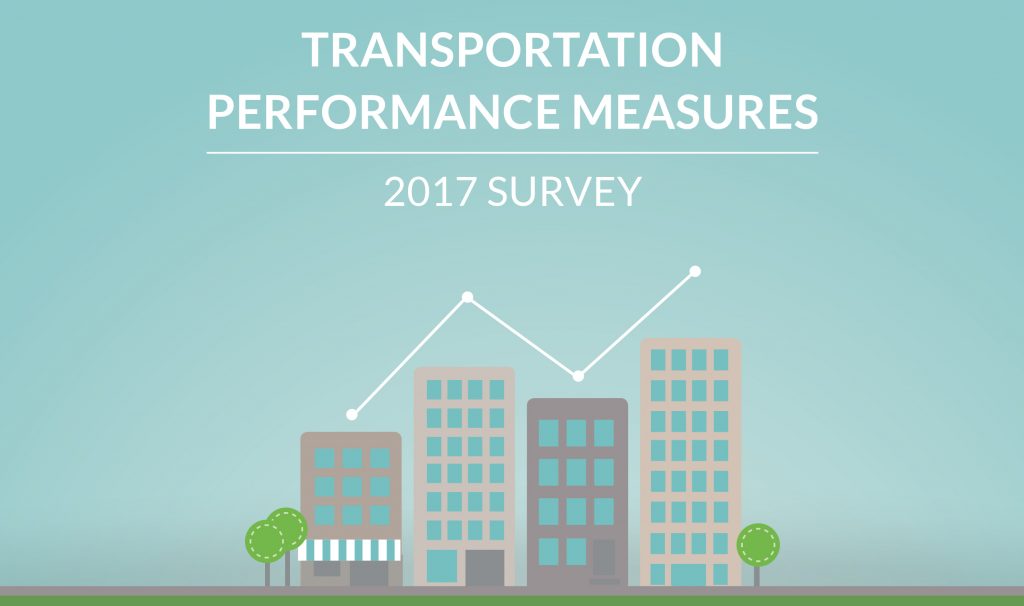
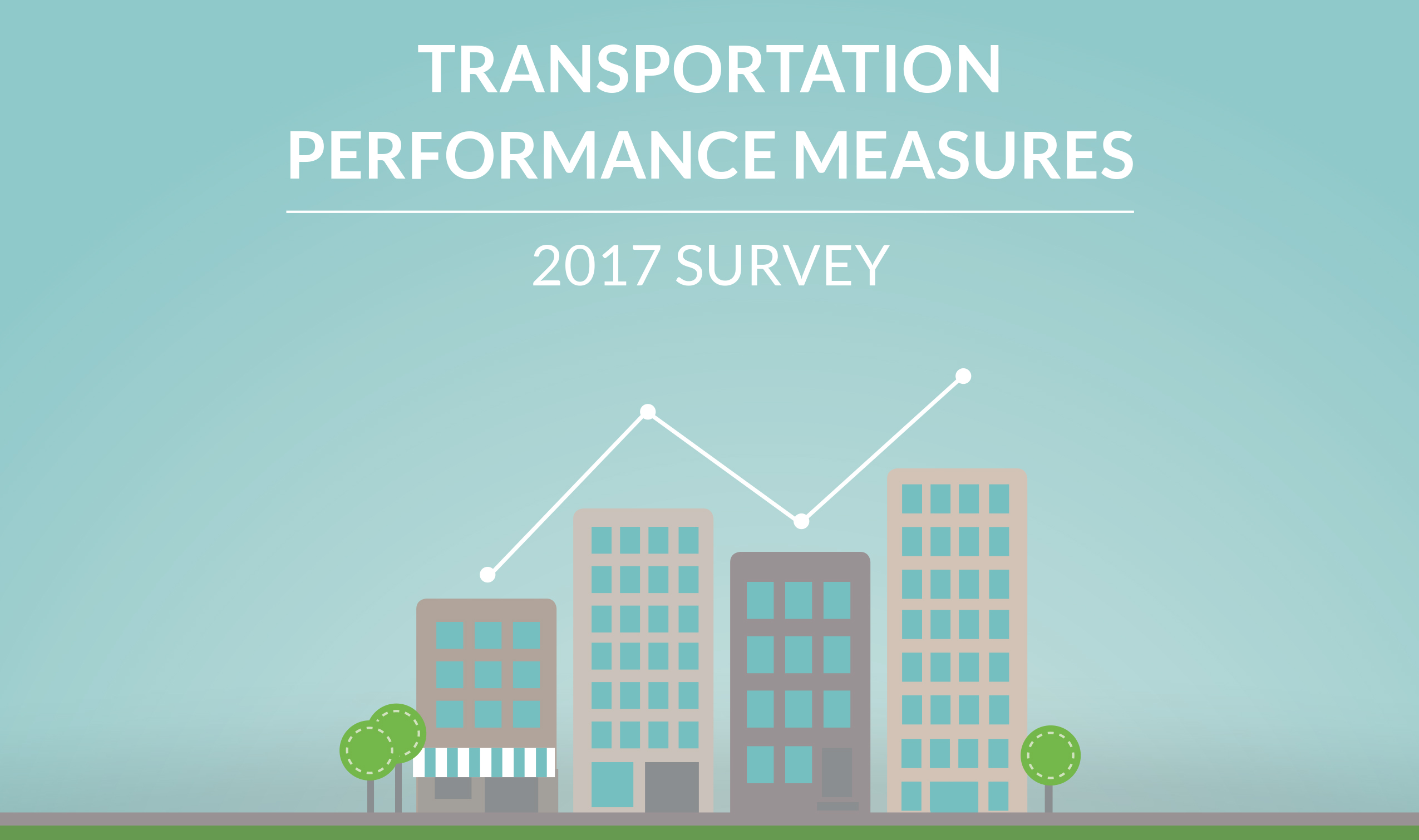
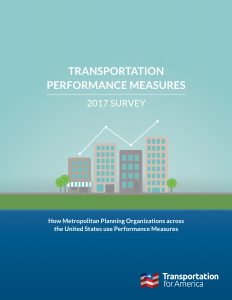
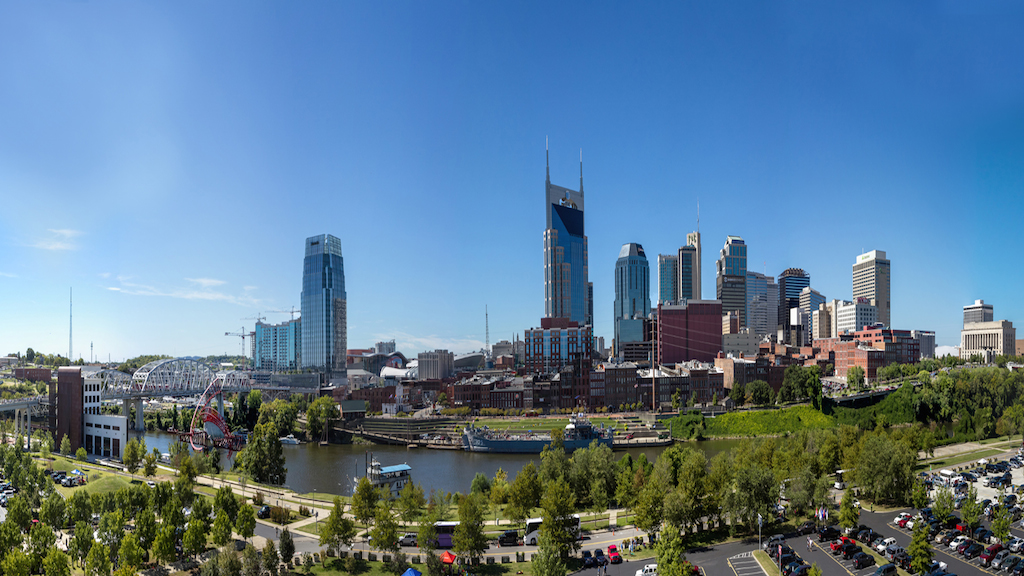
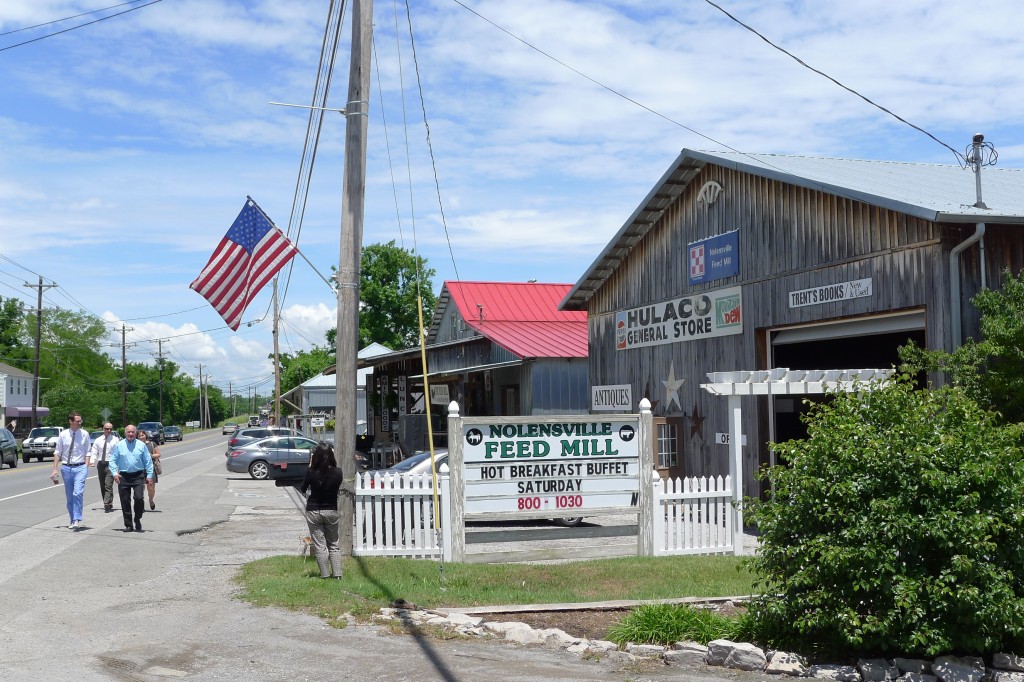
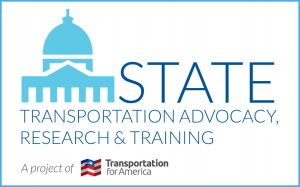
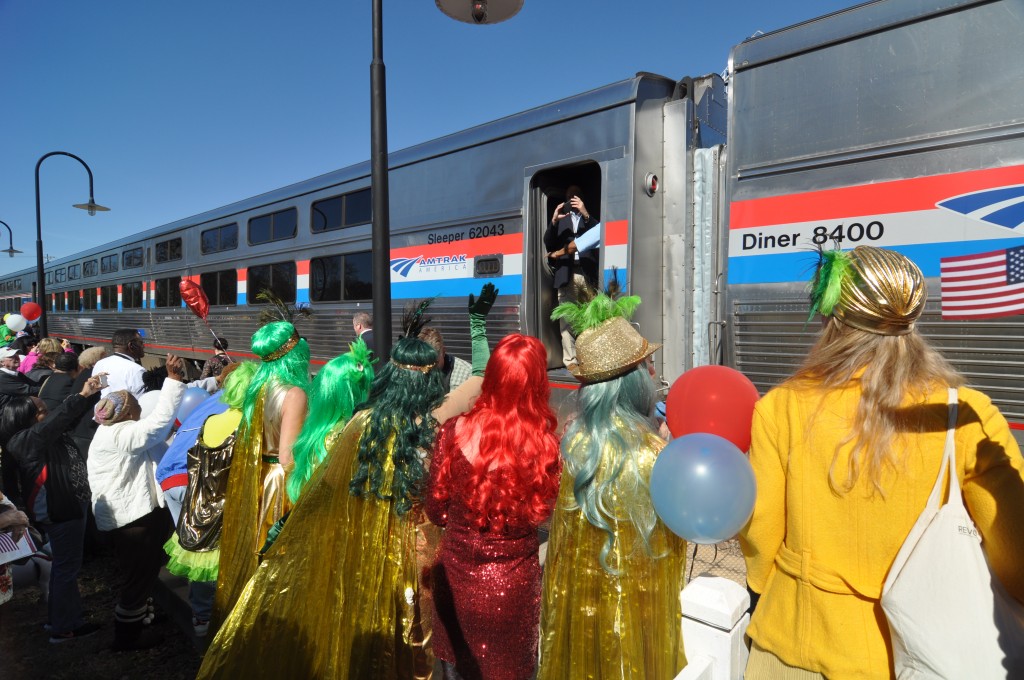

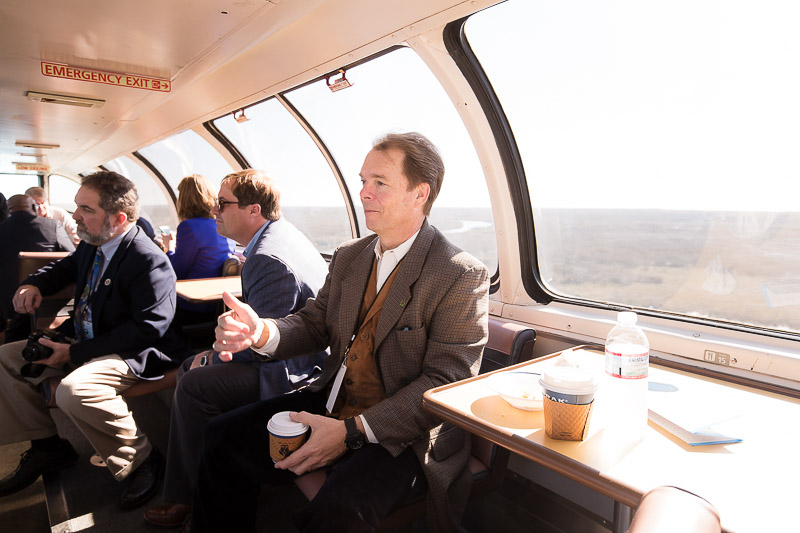
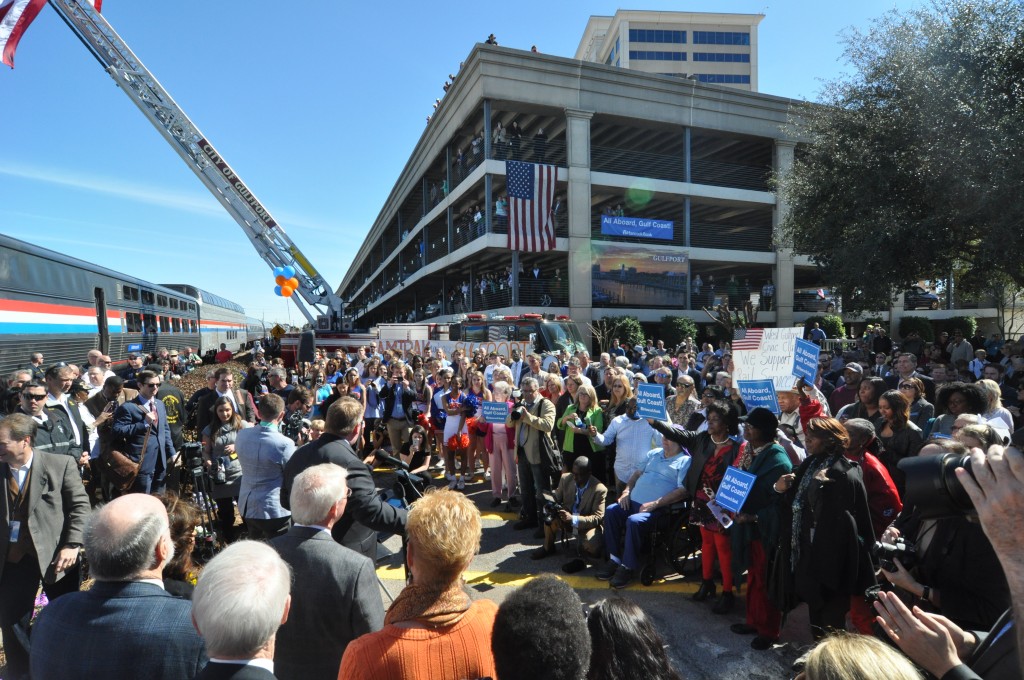
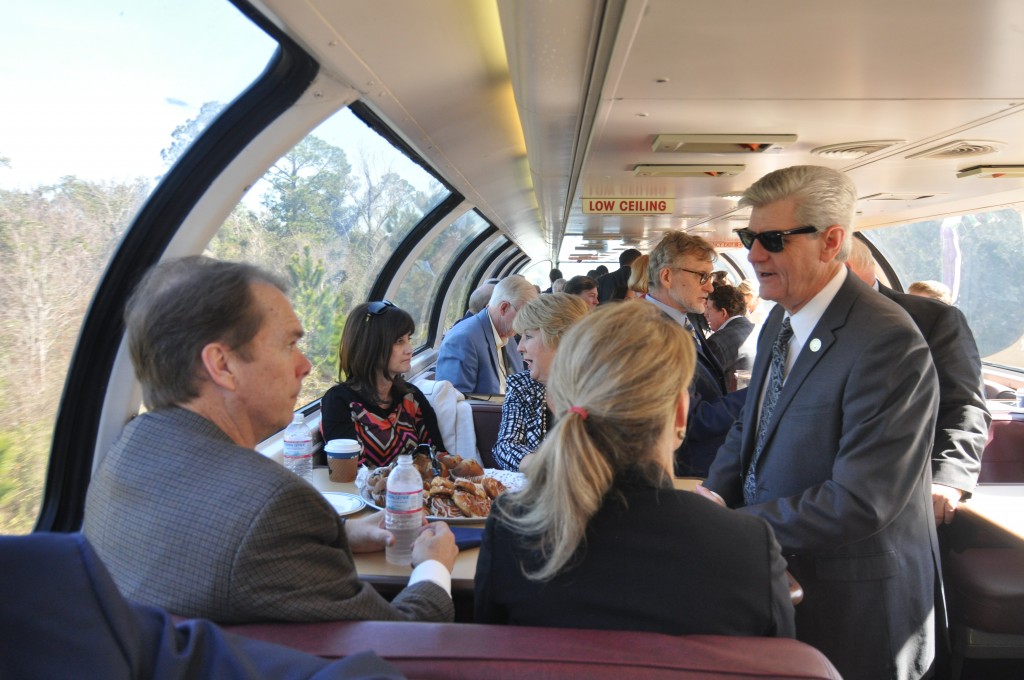
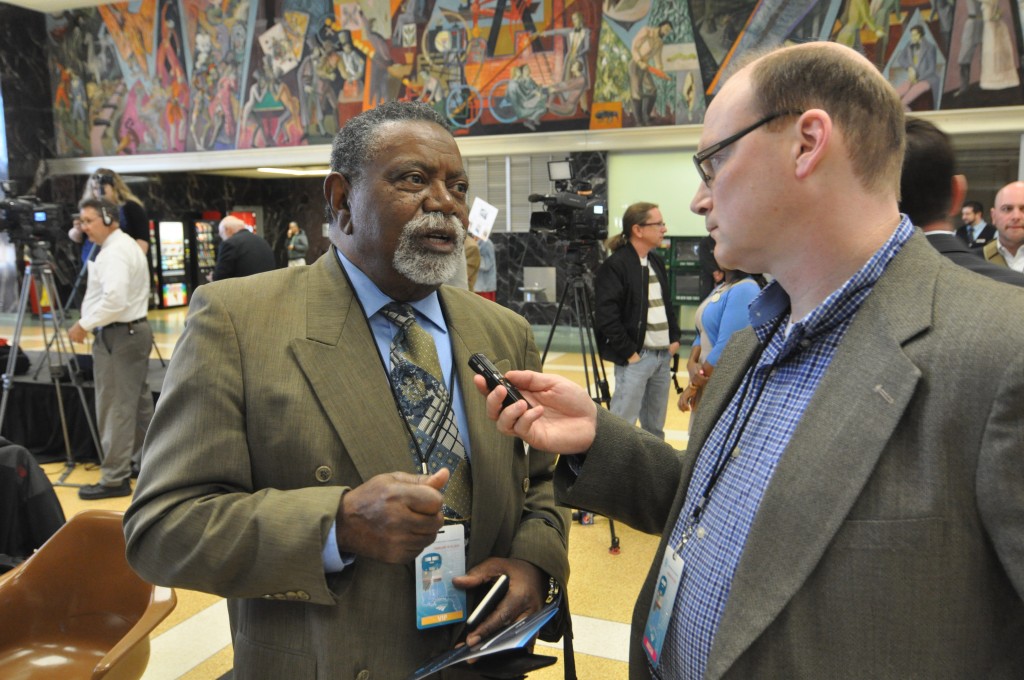
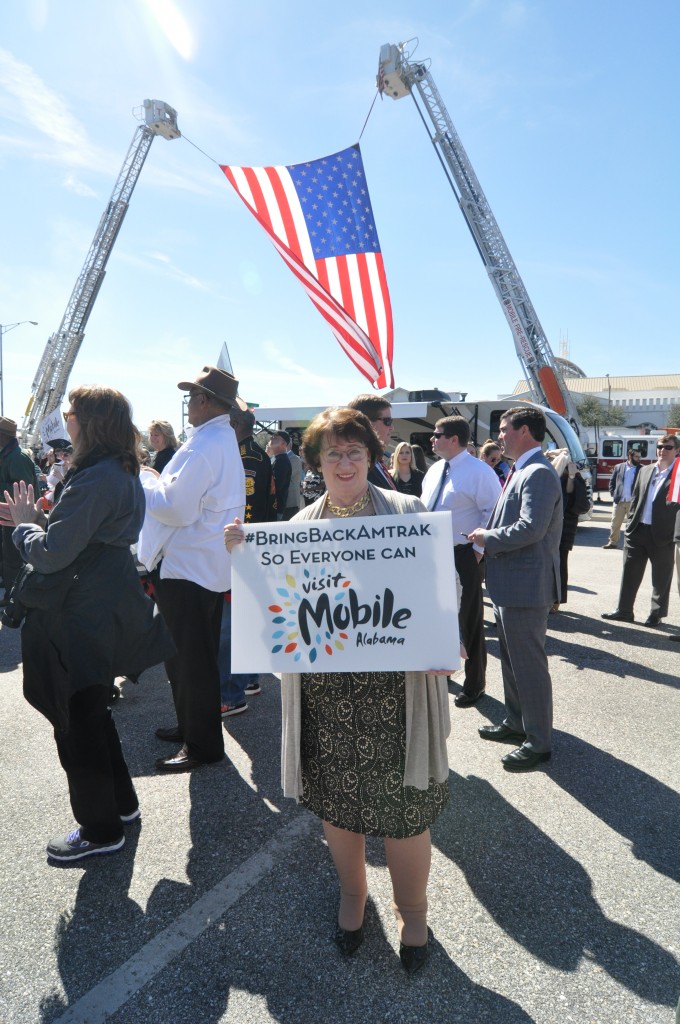

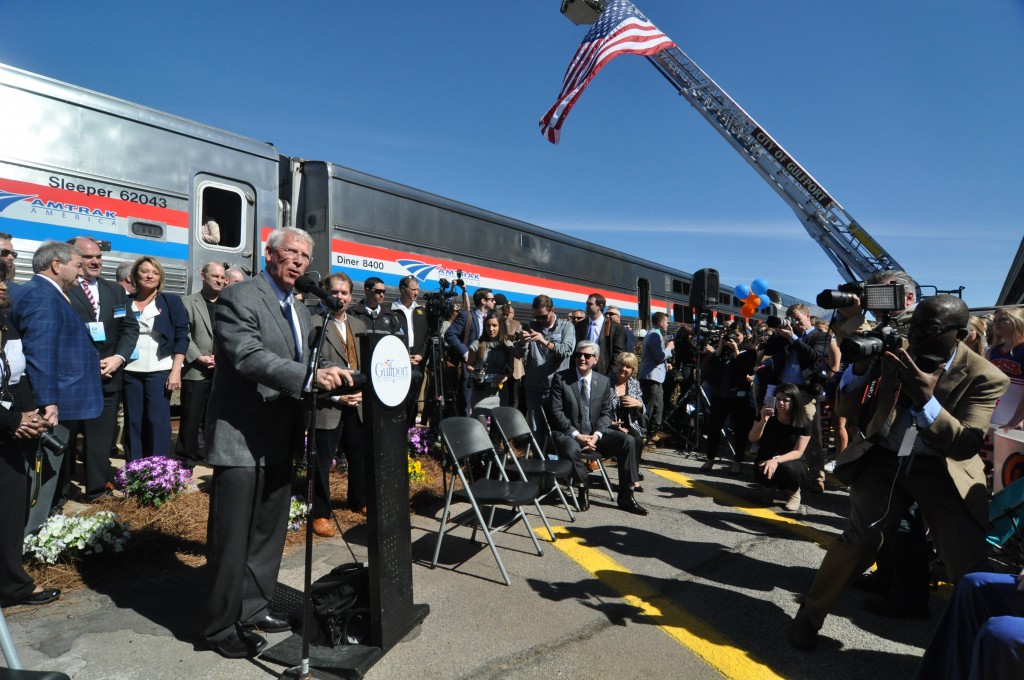
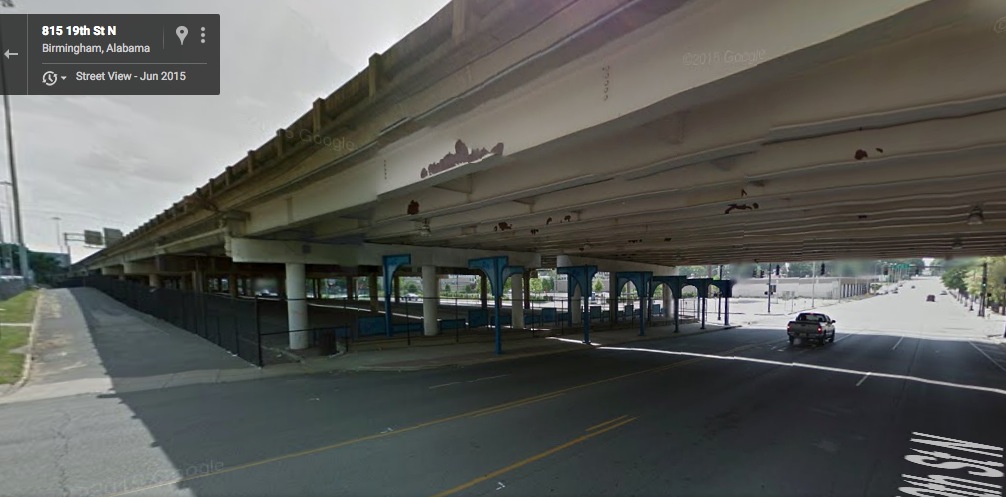
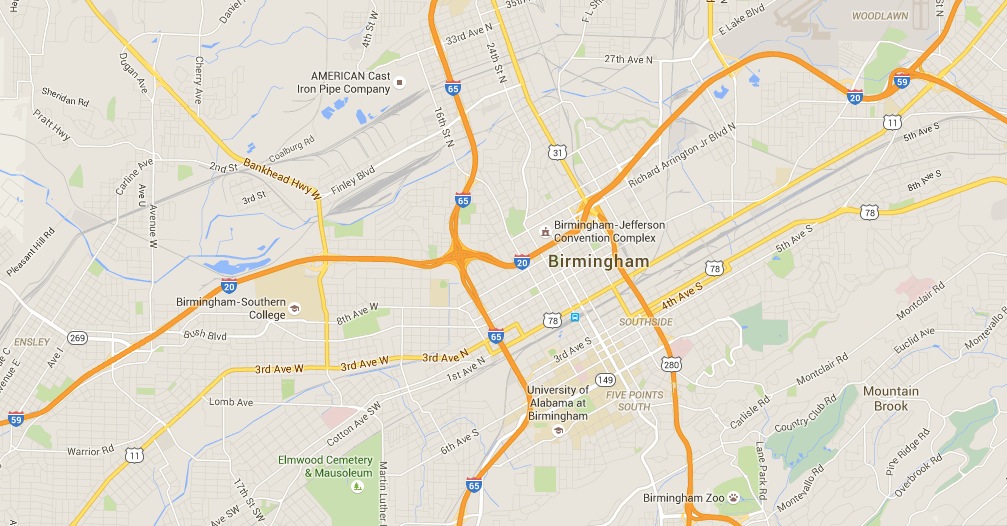

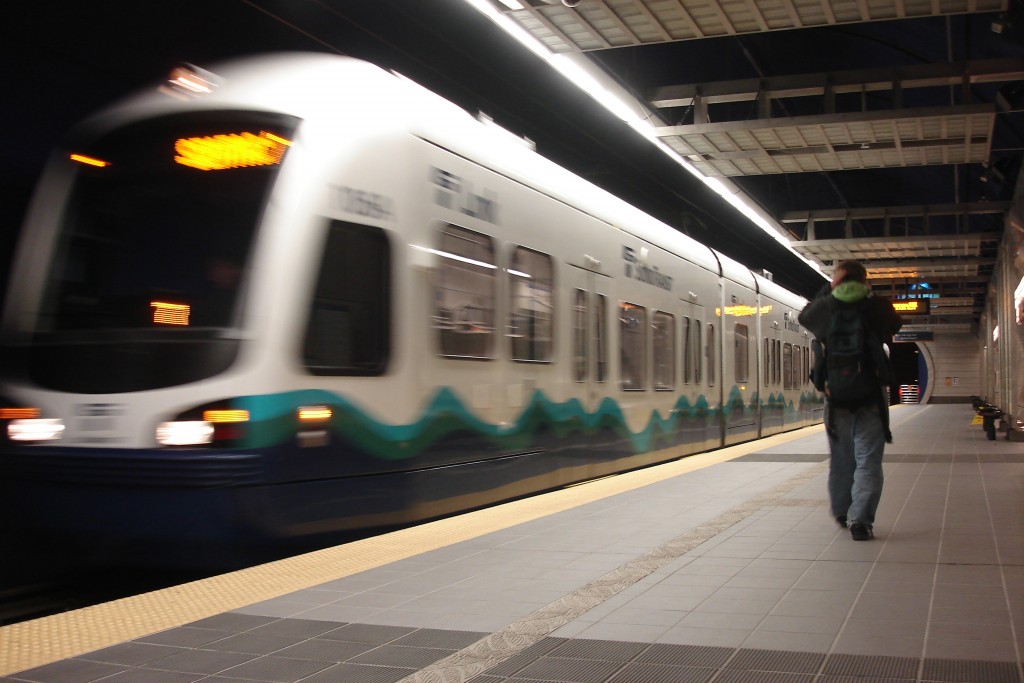

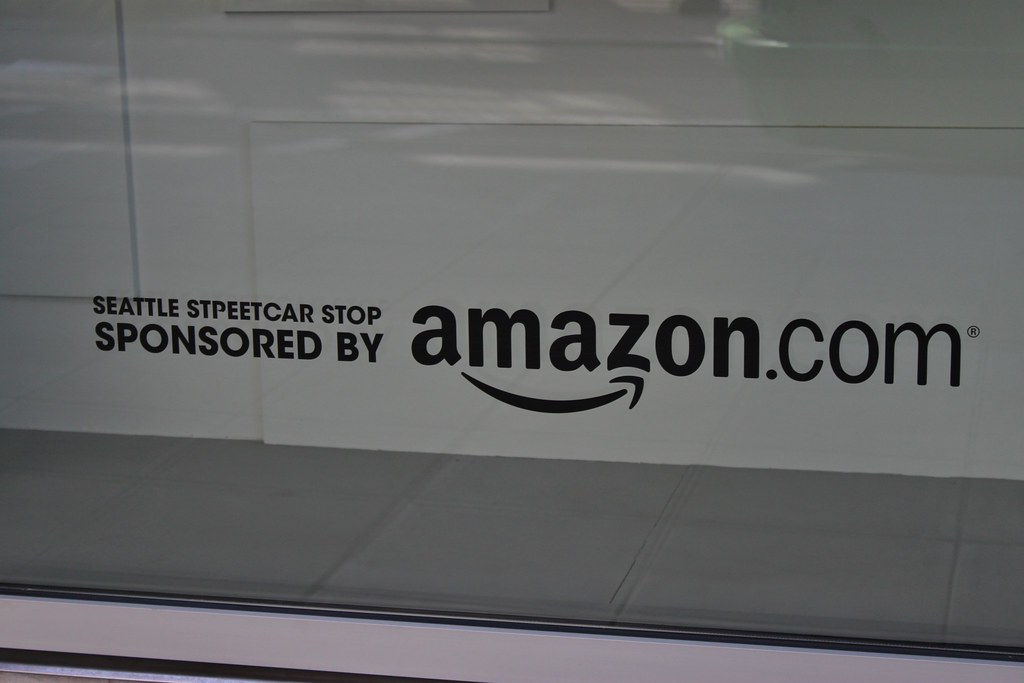 Yet if the region doesn’t continue making smart transportation investments and developing the kind of policies that have already reduced the share of people commuting alone by car into downtown, that prosperity could be threatened — killing the goose that laid the golden egg.
Yet if the region doesn’t continue making smart transportation investments and developing the kind of policies that have already reduced the share of people commuting alone by car into downtown, that prosperity could be threatened — killing the goose that laid the golden egg.
 To address this Seattle worked with the business community and Metro to incrementally improve 3rd Avenue and set aside space for use as a transit mall. If you visit 3rd Avenue at 5 p.m., you’ll be struck by the volume of buses and the crowds of passengers boarding them.
To address this Seattle worked with the business community and Metro to incrementally improve 3rd Avenue and set aside space for use as a transit mall. If you visit 3rd Avenue at 5 p.m., you’ll be struck by the volume of buses and the crowds of passengers boarding them.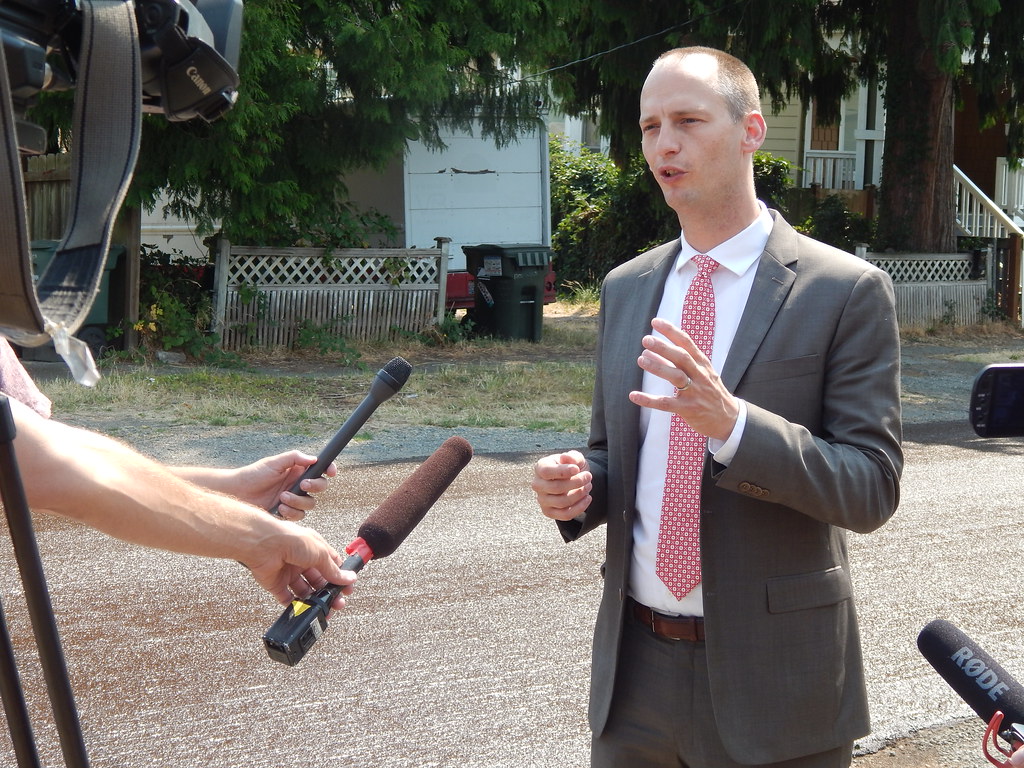

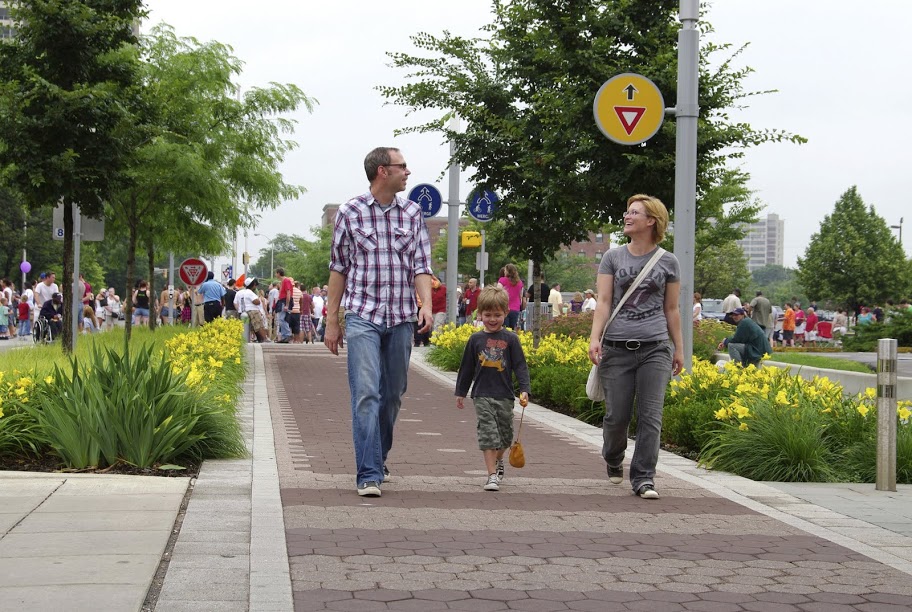
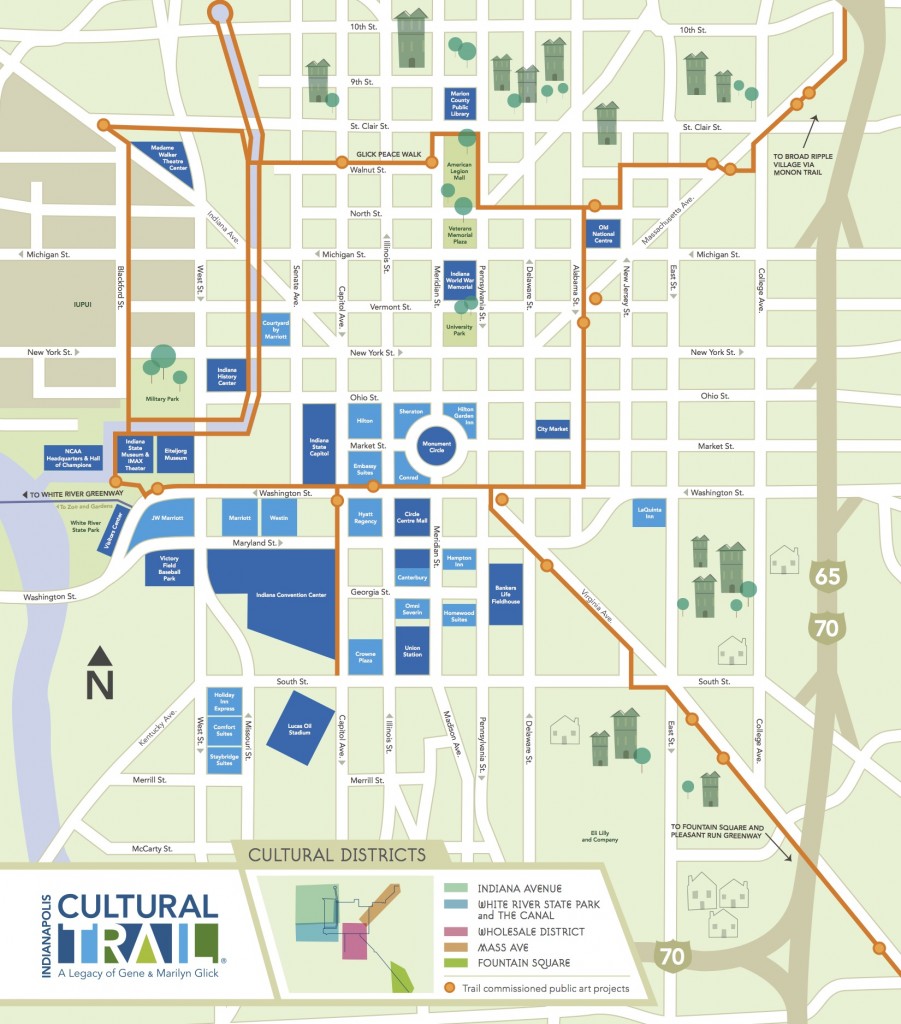

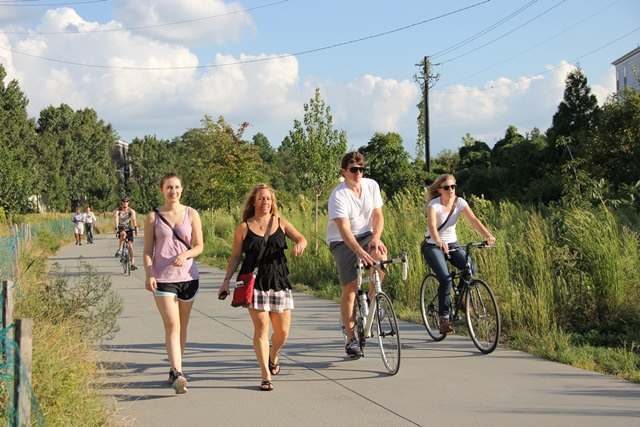
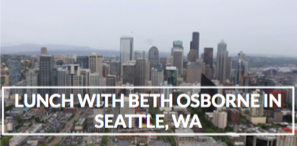
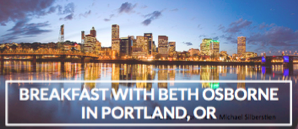
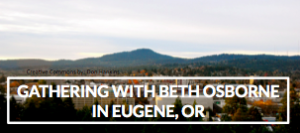


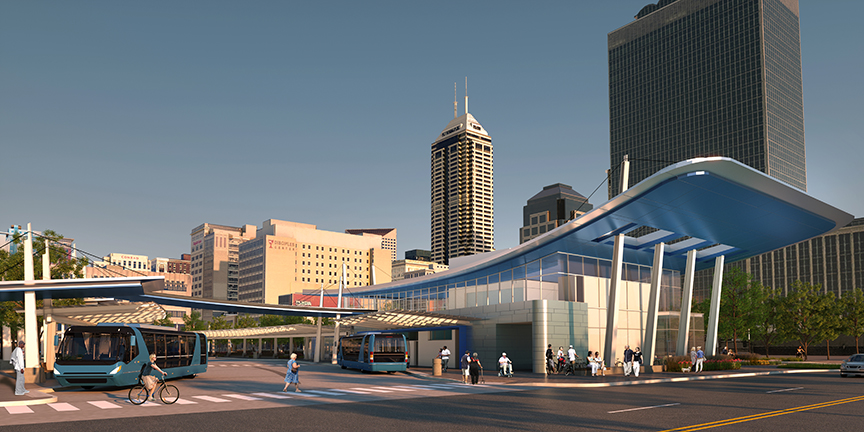
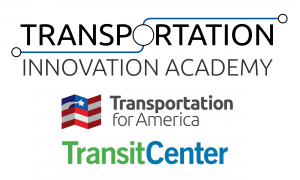
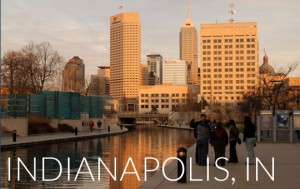
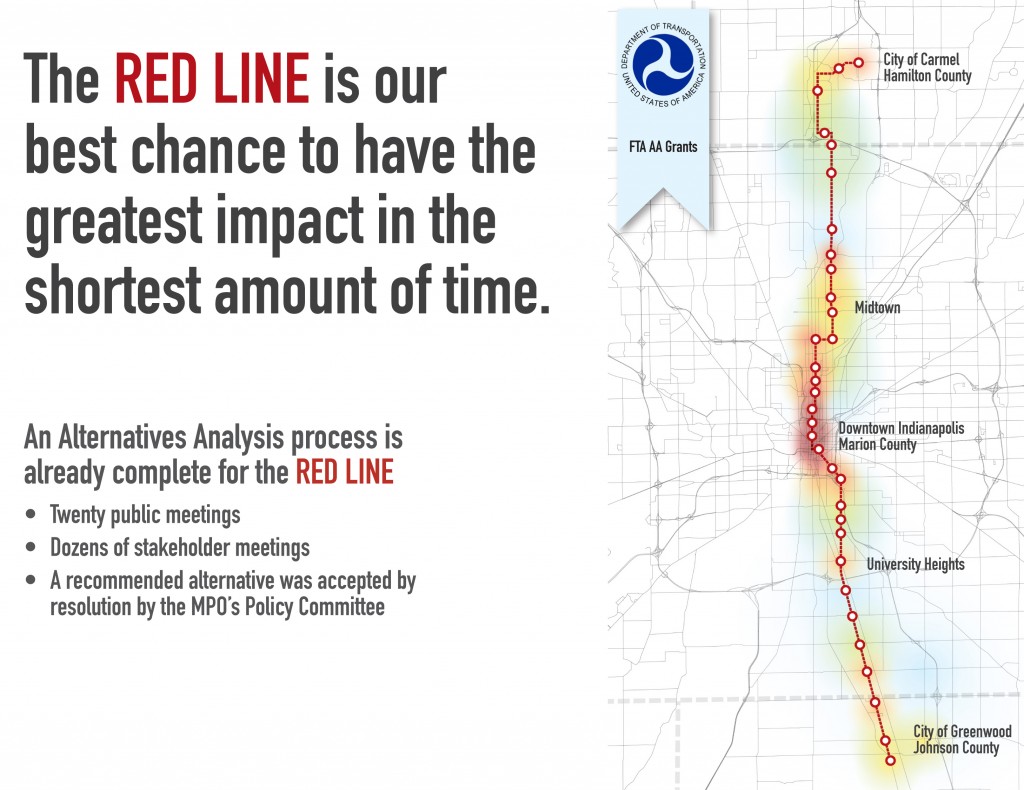
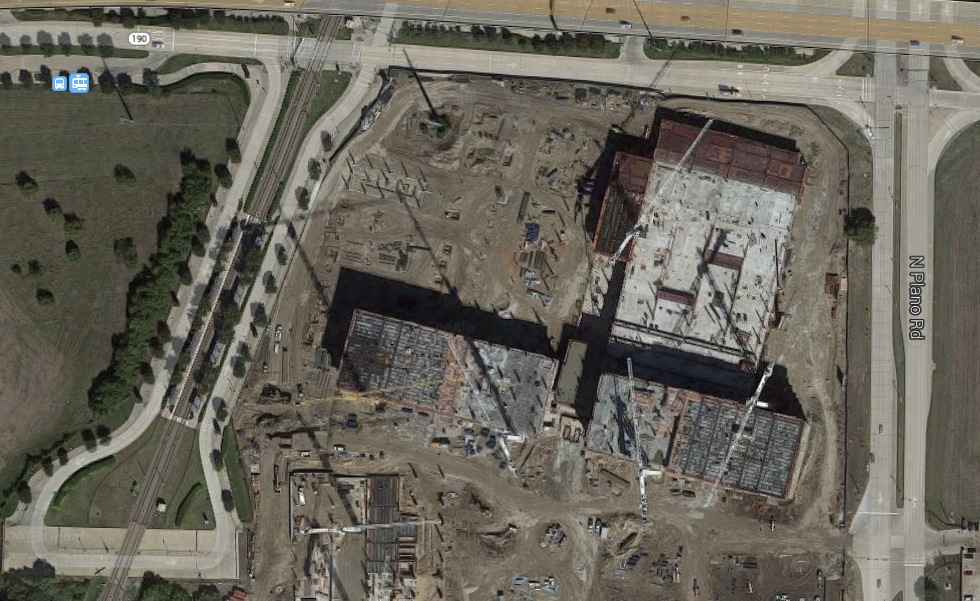
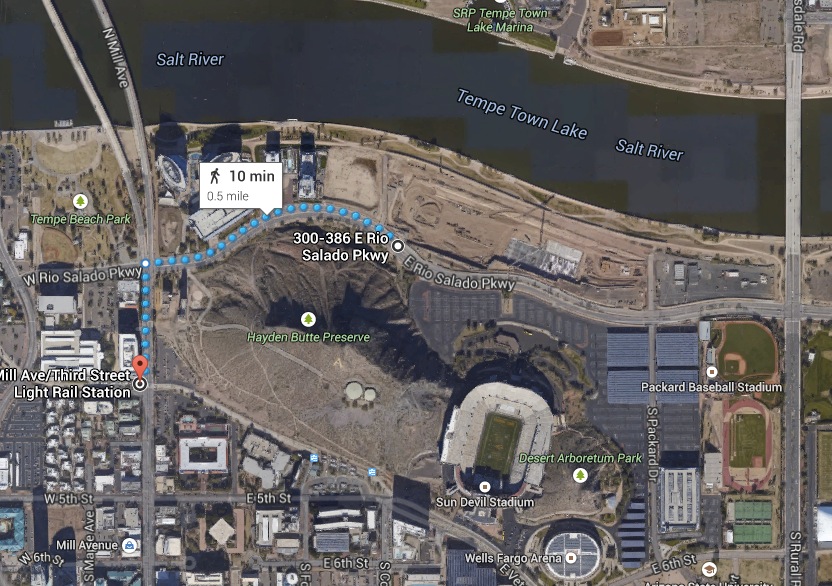
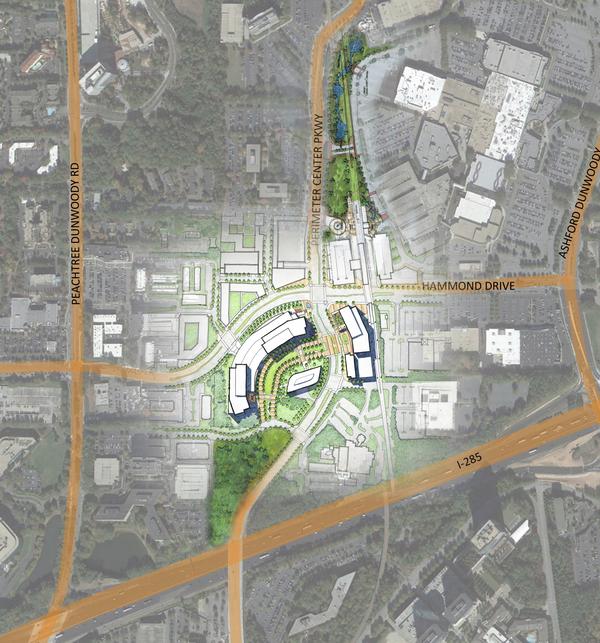
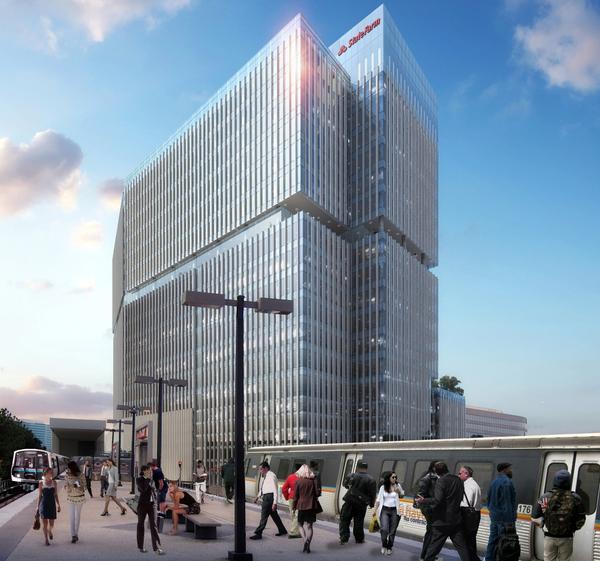

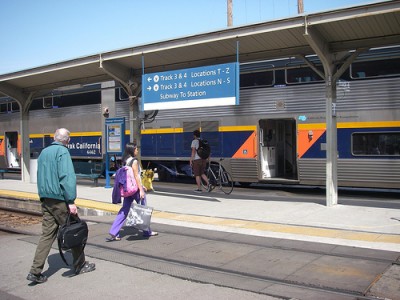 How could a new transportation bill revitalize rural and small-town America? That was the focus of a Senate Democratic Steering Committee briefing on “Issues and Innovations for Small Towns and Rural Communities” in the Capitol Visitors Center last Friday.
How could a new transportation bill revitalize rural and small-town America? That was the focus of a Senate Democratic Steering Committee briefing on “Issues and Innovations for Small Towns and Rural Communities” in the Capitol Visitors Center last Friday.